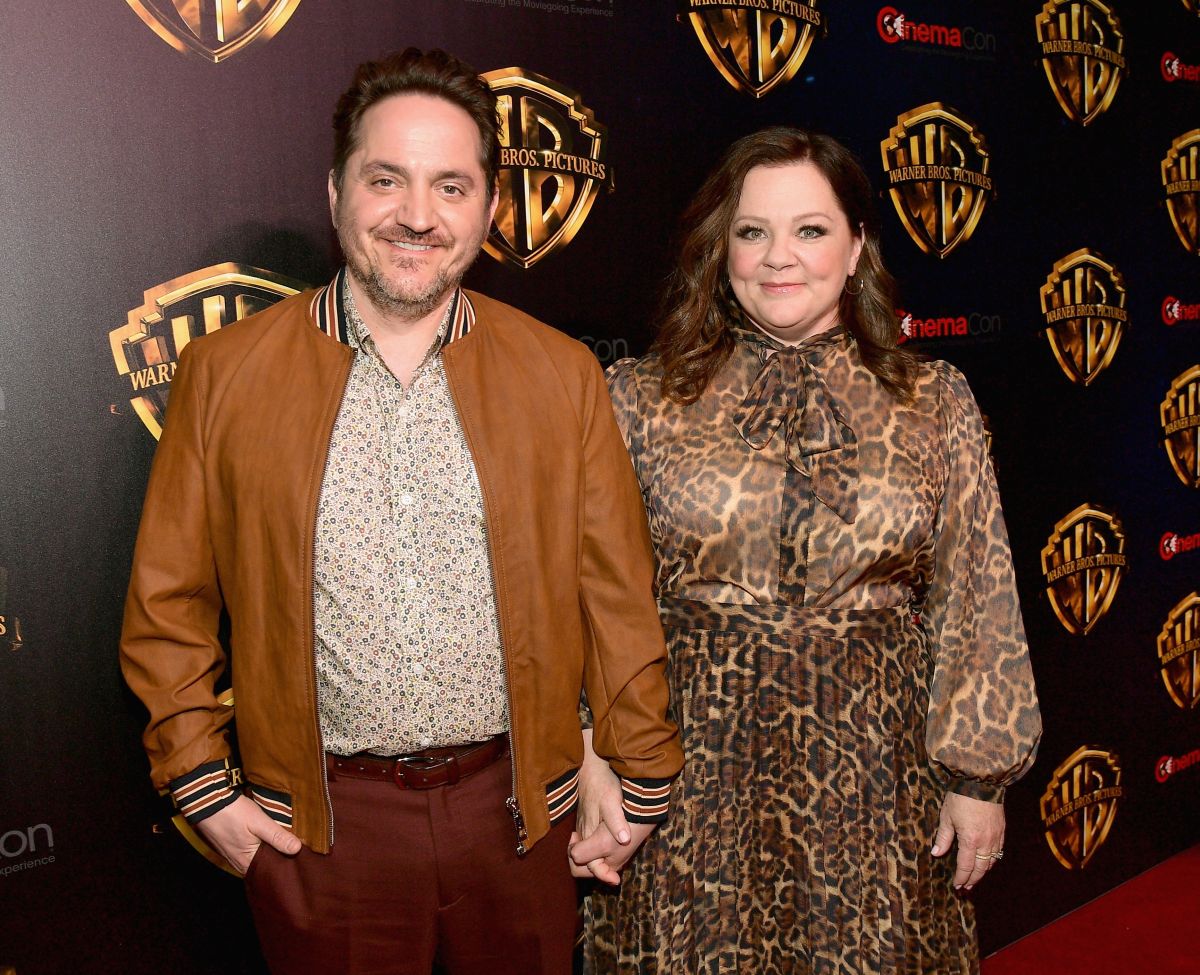The “Ars Electronica Festival” in Linz presented the digitized frescoes of the Vatican Museums for the first time on Friday. At the festival for art, technology and society, high-resolution images of the Sistine Chapel can be seen in “Deep Space 8K” – as well as installations that allow visitors to experience the Mariendom in connection with 3D holographic animations. The images of the Renaissance artist Pietro Perugino were made using gigapixel photographic technology and provided by the Vatican Museums. This year’s “Ars Electronica Festival” in Linz touches the tension between art and religion until Sunday.
Two leading experts led the presentation: Barbara Jatta, Director of the Vatican Museums, and Rosanna Di Pinto, Head of the Image and Rights Department of the Vatican Museums, explained and commented on the images. Under www.youtube.com the Vatican presentation “Gigapixel” can be viewed online. Among the guests Kevin Randall, Councilor of the Apostolic Nunciature in Austria, Franziska Honsowitz-Friessnigg, former Ambassador of Austria to the Holy See, and the priest of Linz Cathedral Maximilian Strasser.
For Barbara Jatta this trip was really worth it, she had many new ideas and agrees with Rosanna di Pinto: “It is important to build bridges between different realities”. The festival combines forms of visual expression and technology: “We are convinced that this is our future, our time”, she stressed. In addition, the Vatican Museums have carried out various tasks, explained Jatta: to preserve hundreds of thousands of works of art, to restore them and make them accessible, to welcome people, but also to present art. There is therefore no better place for the presentation.
overcome borders
Former Austrian Ambassador to the Holy See, Franziska Honsowitz-Friessnigg, who supports this project, described the presentation as “a very successful example of what the Austrian Foreign Ministry’s foreign cultural activities can accomplish in concrete terms.” The high resolution images of the Vatican Museums in “Deep Space 8K” showed the possibilities that digitization offers to bring cultural masterpieces closer to people who are not always accessible to people. “That’s why digitization, when understood in terms of digital humanism, can cross physical and emotional boundaries,” says Honsowitz-Friessnigg. The modern form of presentation could also inspire new groups, such as young people, for art and culture.
“Current challenges such as climate change and threats to the environment require new ways of thinking and behaving”, underlined the former Vatican ambassador. Art, together with “sciences in all their forms”, can make an important contribution in this sense.
In an interview with Kathpress, Linz cathedral priest Maximilian Strasser was fascinated by the details of the paintings: “They were very large to see, in a way that is never seen so closely in Rome.” Furthermore, he traditionally associates the artist Michelangelo, the Creation of Adam and the Last Judgment with the Sistine Chapel, and now also Pietro Perugino. For Strasser, it is also remarkable that a religious message has been conveyed in a place like “Deep Space 8K”, where religion is not usually found often. For the past two years, the Mariendom’s refurbished and digitized nativity scene has been shown in Deep Space; According to Strasser, it is therefore possible to show religion in the public space.
Gerfried Stocker, chief executive officer and artistic director of the Ars Electronica Center (AEC), celebrated a “long-term partnership and success” with the presentation on Friday. A few years ago, the AEC initiated international projects with museums to digitize, present, preserve and invest in masterpieces of art. Since Deep Space opened in 2009, the list of institutions has grown and the level has grown. But for Stocker there is no increase in the Vatican Museums, “I am very honored that this is possible”, he stressed. Anyone who has seen the presentation will understand its excitement.
With the words “This cinema is a very special place”, Upper Austria Doris Schmidauer, Office of the President of the Vienna Hofburg, referred to the international uniqueness of “Deep Space”. It shows adventures in cultural and geological history as close as it would be impossible to see with the naked eye. “For me, the most exciting insights are always those that show us the seemingly familiar, the familiar in a whole new and spectacular way.” If there is anything in the history of art that seems so familiar that it seems to have always been there, it is the frescoes in the Sistine Chapel.
Presenting images that were taken over 500 years ago with the latest technology here in Linz is extraordinary. The virtual has always been a fundamental component of art itself: “It represents something that cannot be seen with the naked eye, builds ideal landscapes that do not exist in nature, creates moods and evokes them in us”. This links them to the concept of virtual, “as we use it today”. In this regard, for Schmidauer, two sides of the virtual meet in “Deep Space” and take them on an adventure. Finally, Schmidauer referred to a detail of Michelangelo’s creation of Adam that had just been discovered until now. In the detailed shots it can be seen that the artist has focused on the creation of women.
The frescoes are taken from the cycle of stories from the life of Christ in the central part of the right wall of the chapel, completed in 1482 by a group of famous Umbrian and Tuscan artists commissioned by Pope Sixtus IV. The Baptism of Christ is the first mural in the series and is signed by the artist. The title above explicitly reads “The institution of the new renewal of Christ through Baptism”. Some of the frescoes were also chosen as an introduction to the extraordinary work of Pietro Perugino in view of the 500th anniversary of his death in 2023.
More information on: ars.elettronica.art
–


